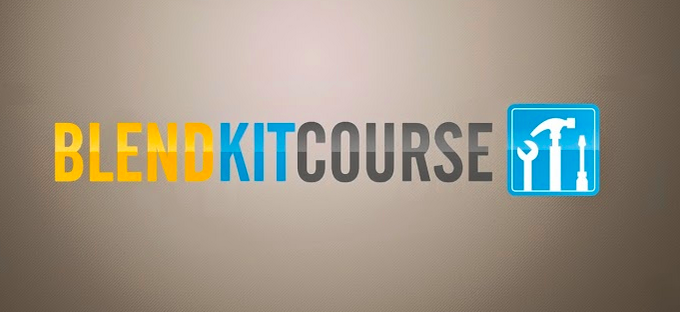Not a good start. I’m already running slightly behind, which is why I’m posting my Chapter 2 BlendKit 2017 reflection so soon after my prior one.
Let students explore
The first topic in the chapter discusses the idea behind student self-exploration. Conventional wisdom suggests that students should be guided through their learning, but that idea flies in the face of other evidence suggesting that students learn perfectly fine on their own. Consider, for instance, the popularity of MOOCs, Massively Open Online Courses, which allow anyone to complete a self-directed course, usually with little interaction from an instructor. Perhaps the solution lies in the balance of the two extremes instead.
The BlendKit reading uses video games to illustrate this balance of a guided experience vs. self-exploration:
In game design there is a constant tension between what is enough scaffolding to get players motivated and able to pursue the mystery and how much can be left open-ended for players to learn on their own. Too much scaffolding can easily feel “school-like” and procedural, taking away from players’ initiative to tinker around to discover things on their own. Too little scaffolding may leave players lost and disengaged.”
One of the appeals of open-world games is their inherent freedom and self-direction. But if players are dumped into the world without any guidance at all, they become lost. Instead, most games provide some sort of tutorial guiding players through basic elements of the game, usually concluding with a potential “next stop” to explore.
Perhaps this is the direction we need to move in. Guide students through the basic building blocks they need, and once it is clear that they have all the tools, give them freedom to experiment with those tools.
Can we talk?
The second half of the BlendKit Reader brings up interaction in a course, and provides examples for incorporating more interaction into a fully online, blended, and even face-to-face course.
The Reader suggests the idea of uploading your Syllabus and course materials, and then creating “one general threaded discussion to let students tell you about the applicability of the materials to their lives or studies or to express their opinions about different aspects of the content itself.” This struck me, because it never occurred to me to simply ask students these questions. Usually, I have seen students as simply the absorbers of the materials I create, but including this type of activity actually allows students to voice their opinions and reflect on how the course will help them achieve their personal goals.
It reminds me of the course structure in the last Southern New Hampshire University (SNHU) course I taught, where students were introduced to Java programming and completed weekly journals (shared only with me, the instructor) detailing their struggles, solutions, and what they learned that week. That activity accomplished three things:
- Helped me relate to all of the students on a more personal level, including those who were less active in the Discussion Forums.
- Allowed me to resolve minor setbacks quickly before they became complete roadblocks.
- Gave students opportunities to celebrate their “wins” with me, which can be few and far between in programming.
All in all, I really enjoy the weekly journal as an activity, and I will certainly look to incorporate it, as well as other interaction opportunities, into my future courses.

I am taking the BlendKit 2017 course also and I made note of the same quote that you did above about game design and scaffolding. I thought it was a great analogy showing that it takes quite a bit of thought to come up with the right balance. I like how you mentioned guiding students through the basic building blocks they need, and once it is clear that they have all the tools, give them freedom to experiment with those tools. This was the basis for how my blended learning class began this semester. I, along with my other blended learning colleagues, decided that we would all have face to face interactions with students for the first two weeks. This gave us the time to build community and give our students the skills they would need to go out on their own. Thanks for sharing your thoughts!
Wow, that’s awesome! I think that face-to-face time also helps get the students motivated and invested in the learning process when they see that there are “real” people teaching the course, and they can bond with their classmates. Great approach to teaching a blended course!